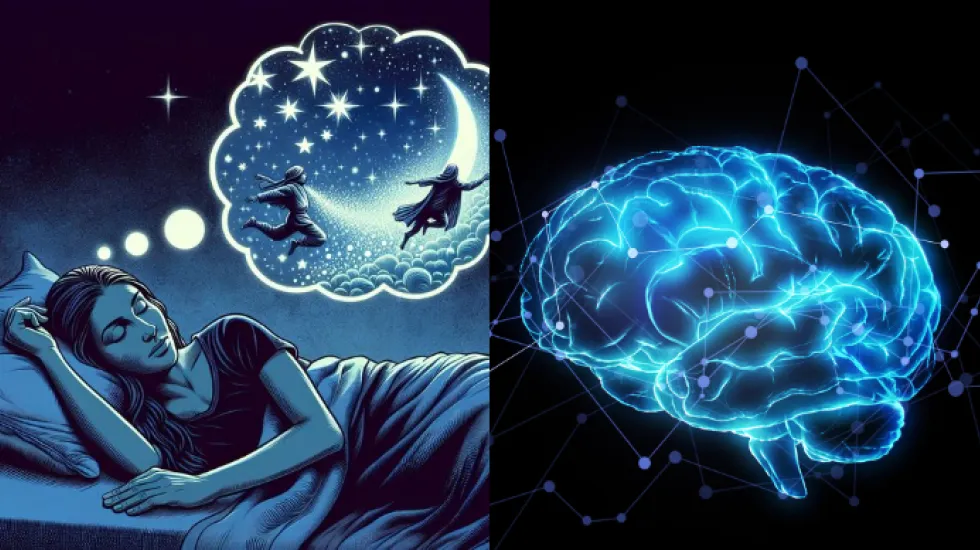Scientists Find a Way to Play Back Dreams
Scientists Find a Way to Play Back Dreams

A group of scientists and researchers from Japan has found a way to create videos of people's dreams by feeding artificial intelligence MRI scans and EEG records. This innovative AI achieved a 60 percent accuracy rate.
Led by Yukiyasu Kamitani of the ATR Computational Neuroscience Laboratories, the group began by scanning the brains of three participants as they slept, using electroencephalography (EEG) to record their brain waves.

The researchers woke the participants whenever they detected brainwave patterns associated with sleep onset, asked them to report their dreams, and then had them go back to sleep. This process was repeated around 200 times, with participants continuously attached to EEG machines to record every minute electrical signal in their brains.
To recognize patterns, the group recorded the participants' brain signals while they were awake and viewing images of people, buildings, and other objects. These results were used to create a database that categorised visual and verbal elements and associated them with specific brain activities.

By training an artificial intelligence (AI) program on this database, the group could form basic images of participants' dreams, which they later mixed into videos.
The AI had a 60% accuracy rate in predicting exactly what the participants had seen in their dreams and a 75-80% accuracy in predicting whether a person appeared in the dream or not.
Though this research represents just one of the first steps toward fully recording dreams, its potential is significant. With further development, such AI programs could be used to treat sleep disorders, enhance virtual reality experiences, and aid in therapeutic interventions for mental health conditions.